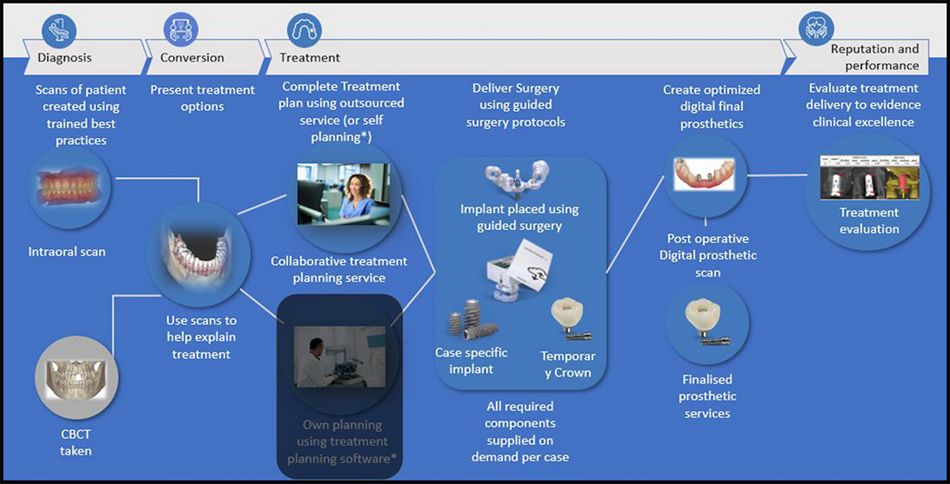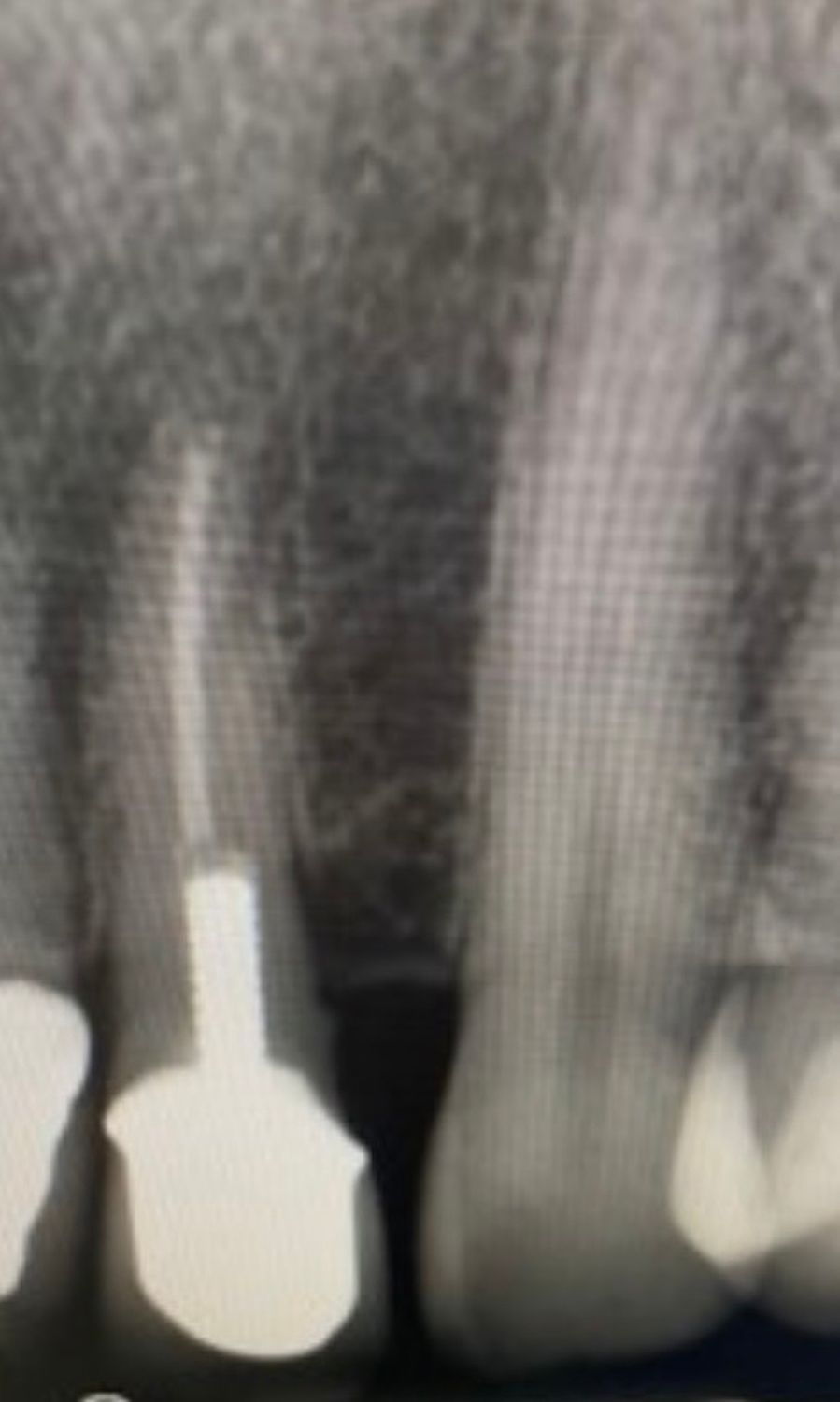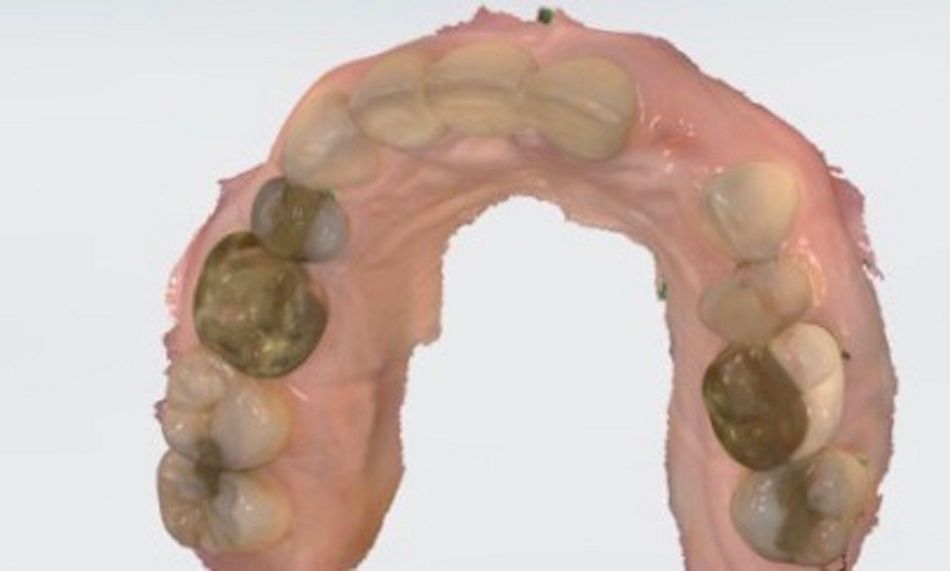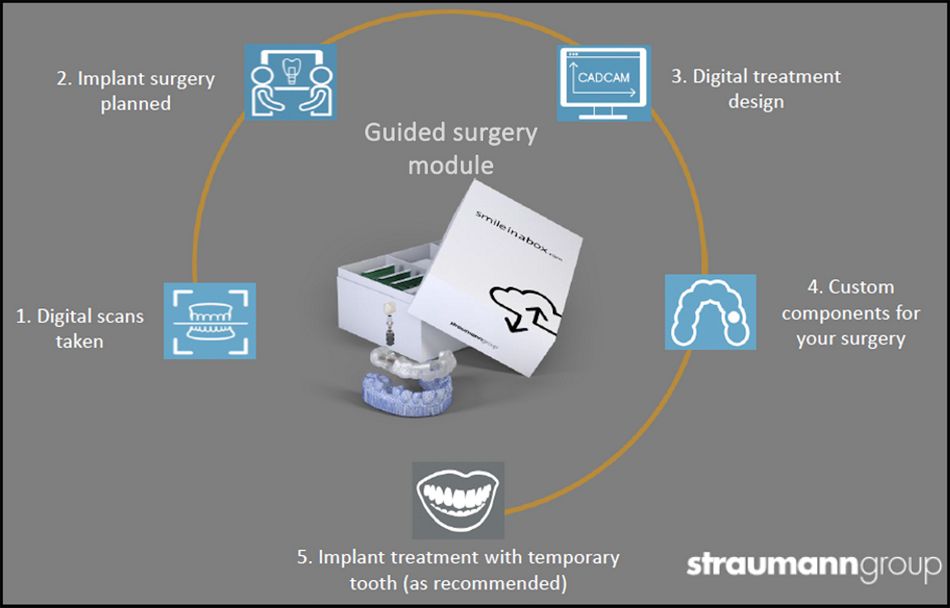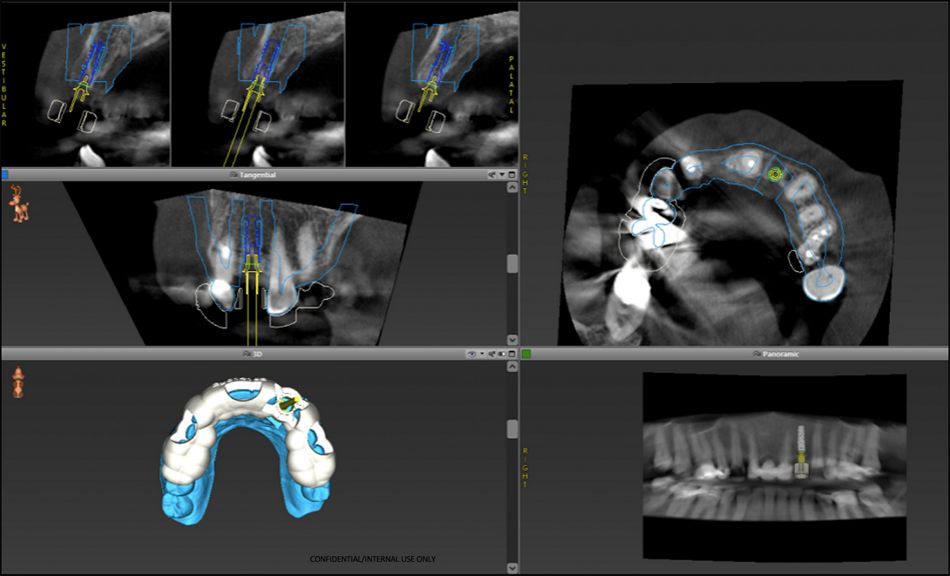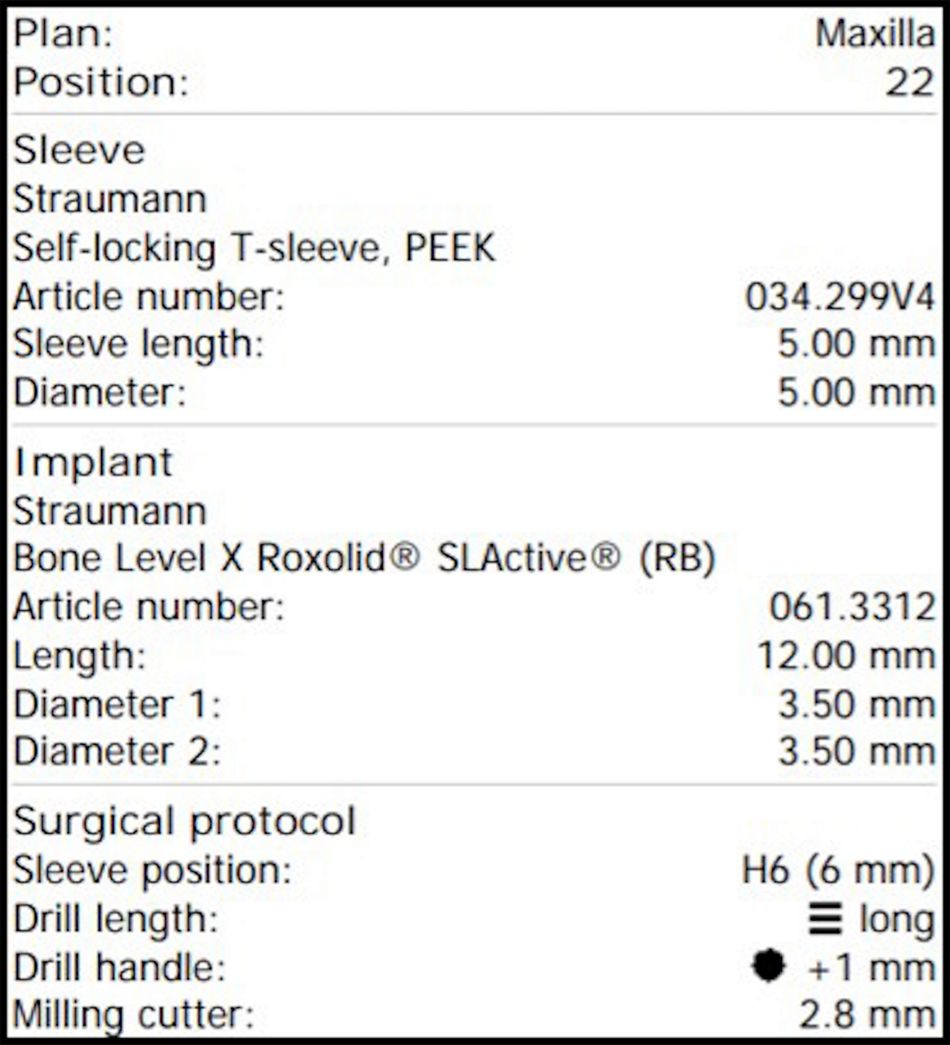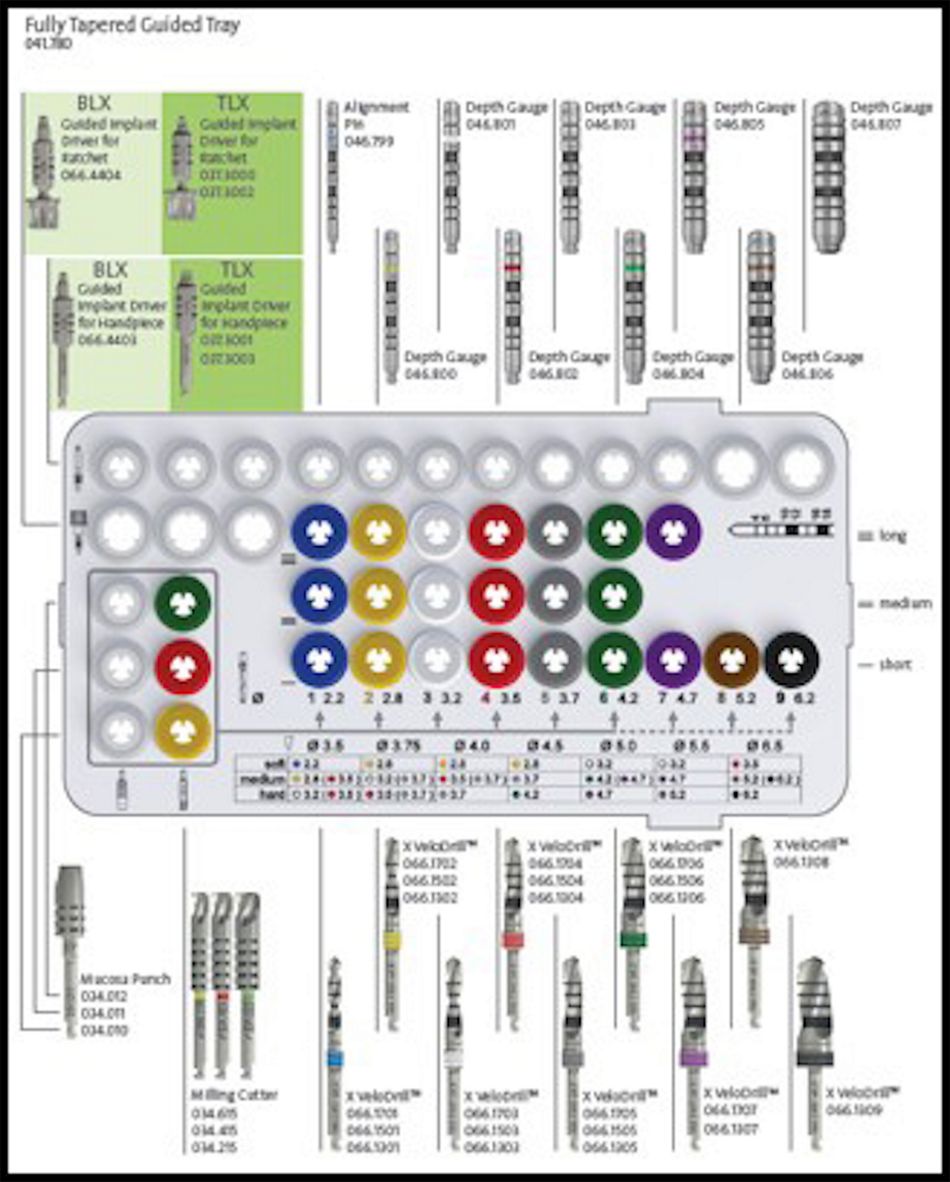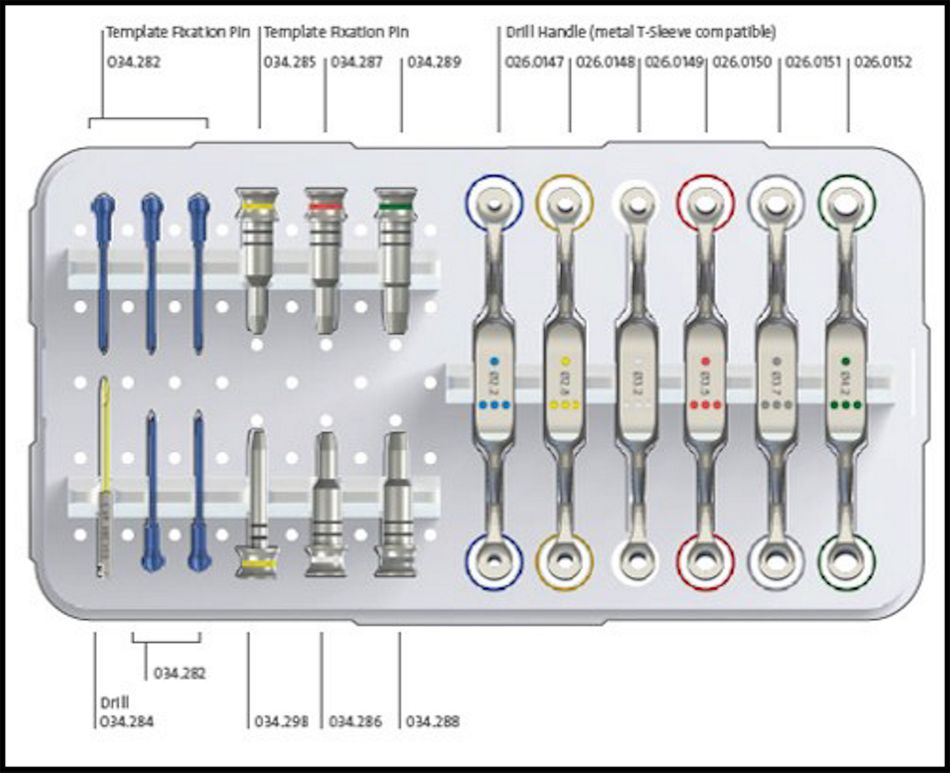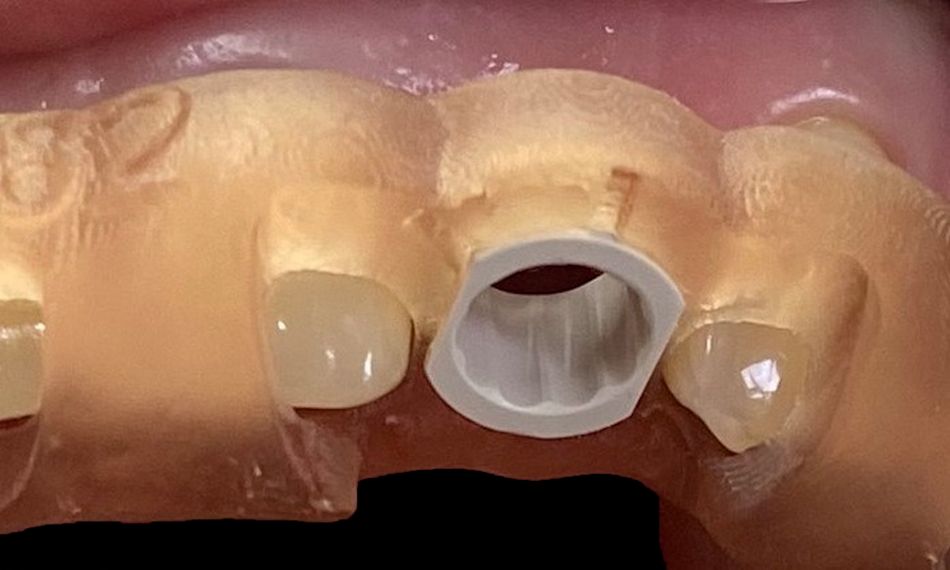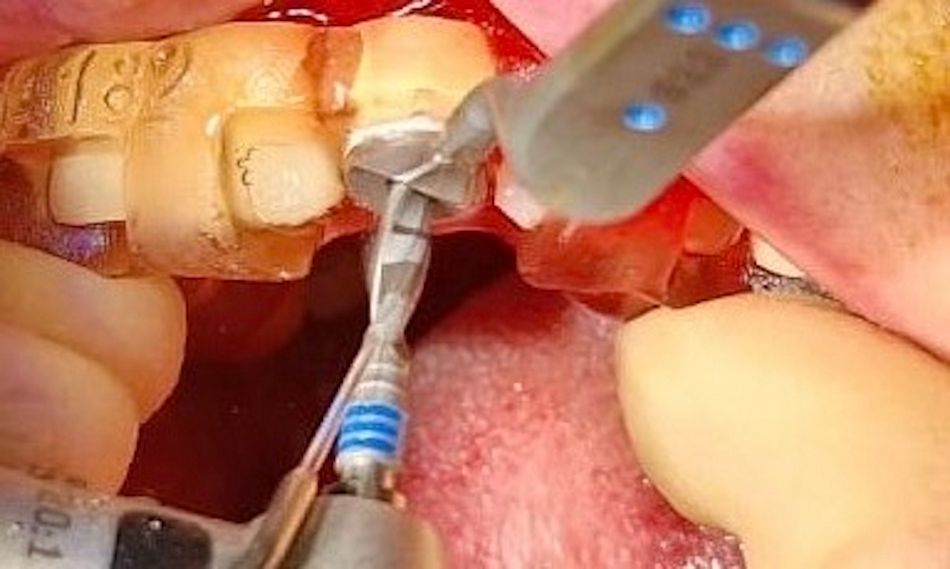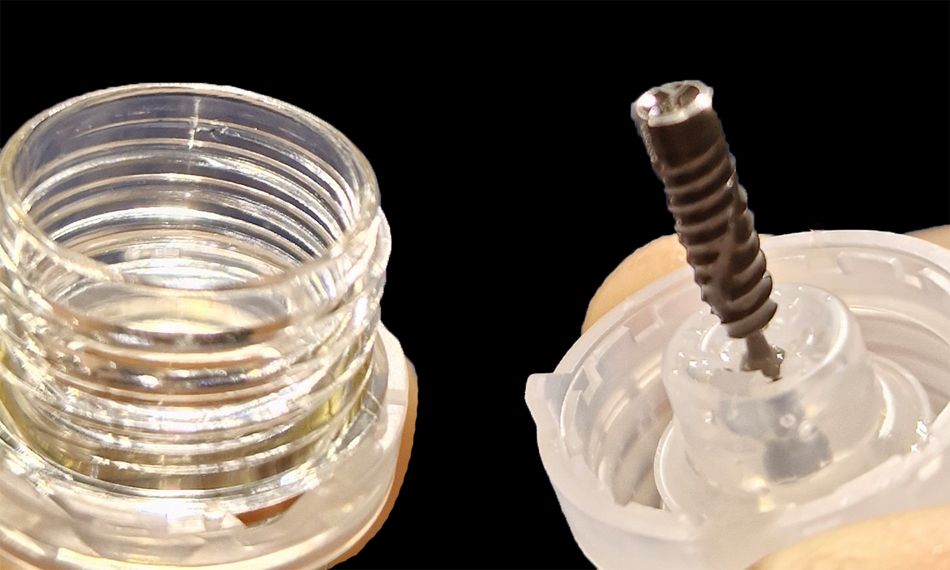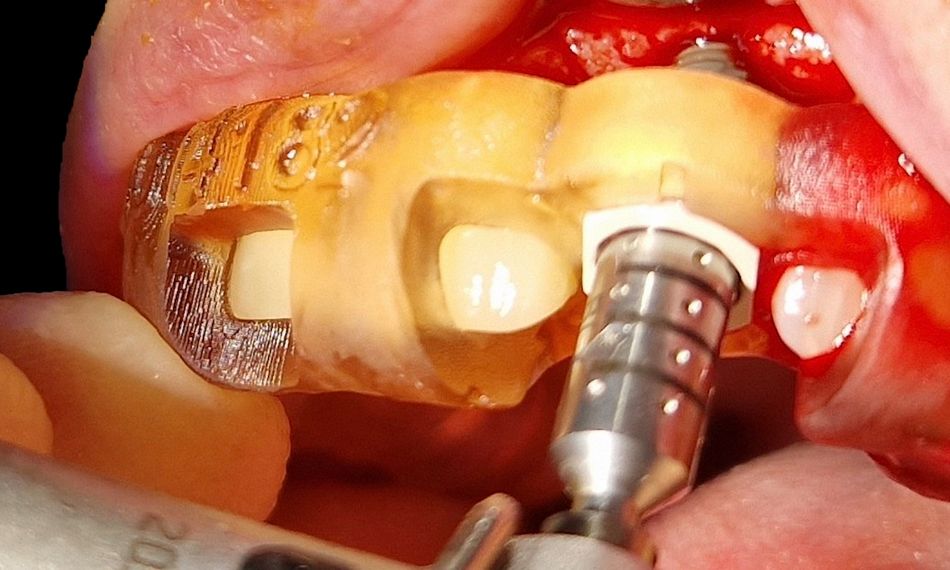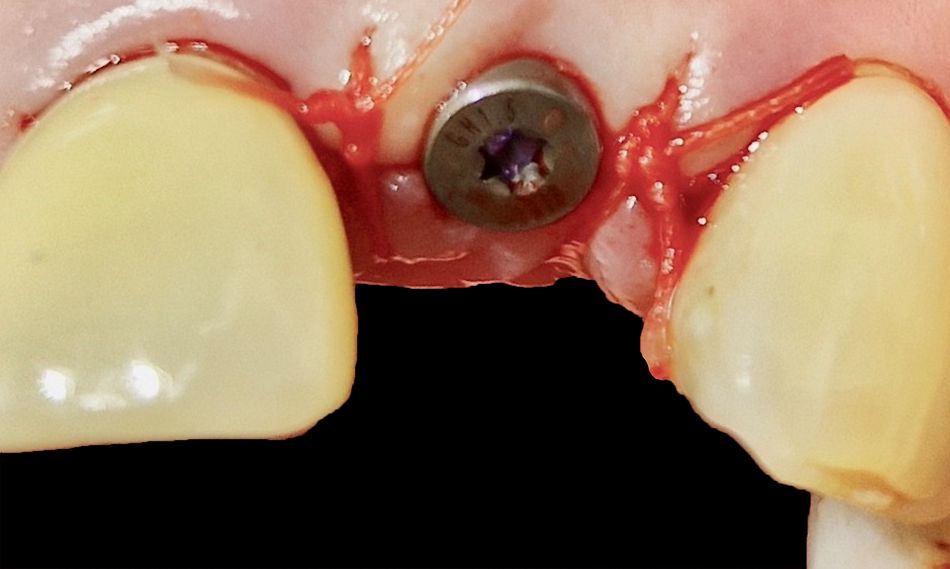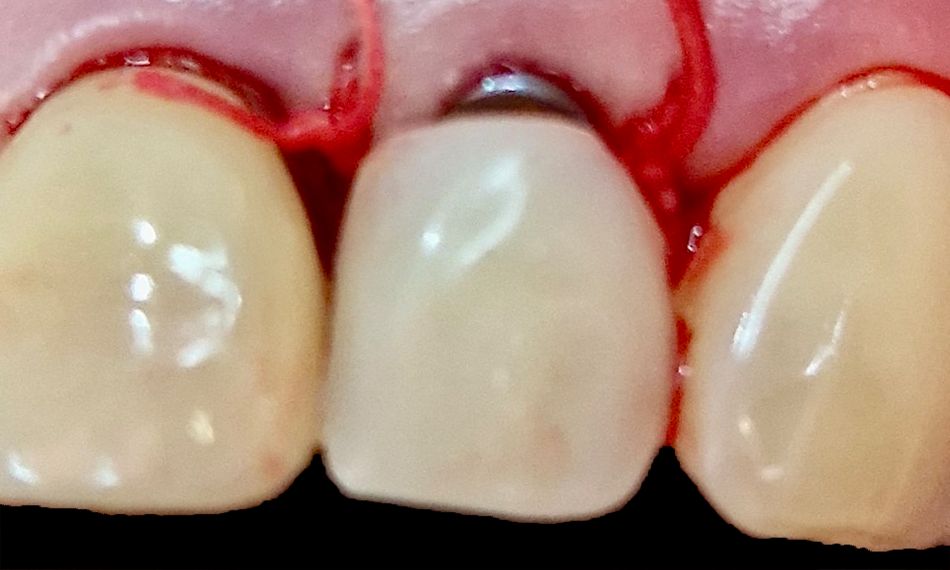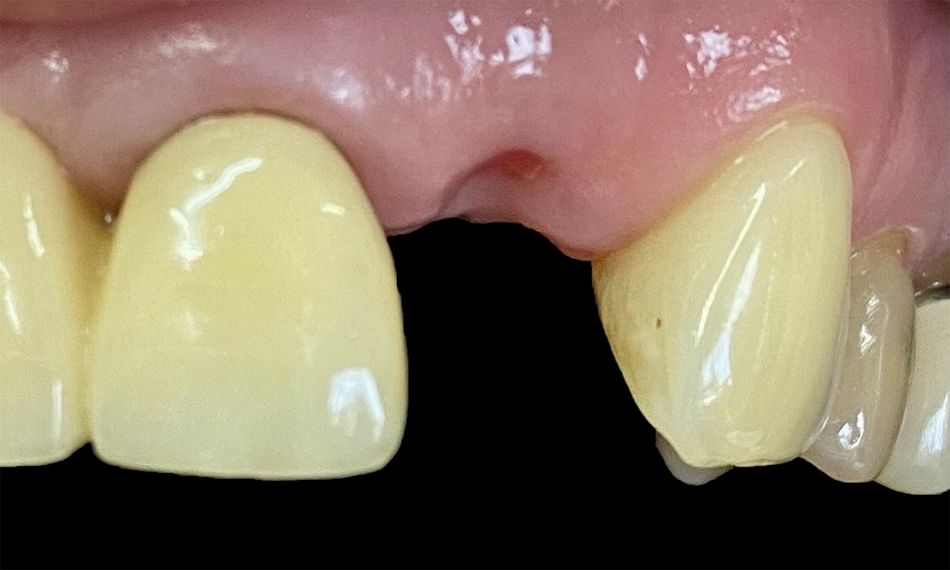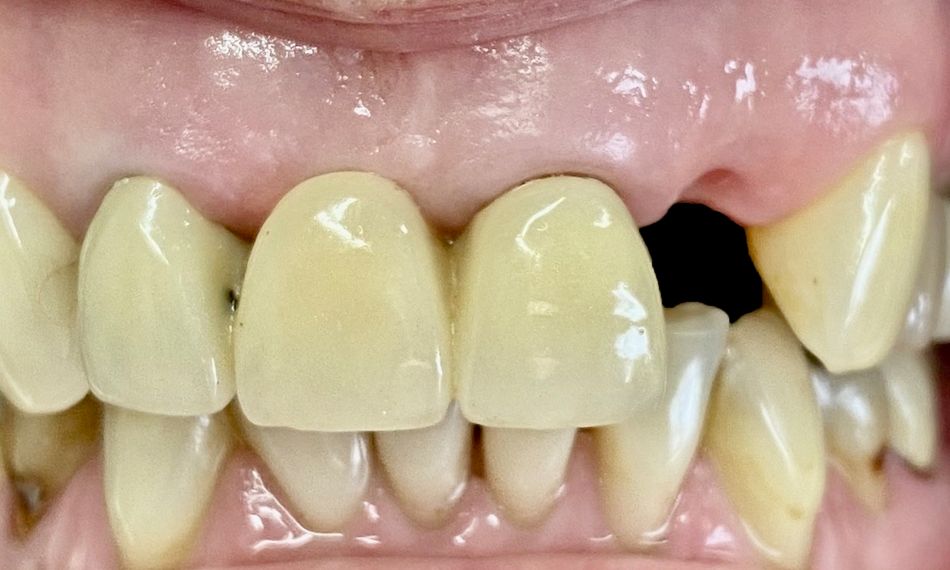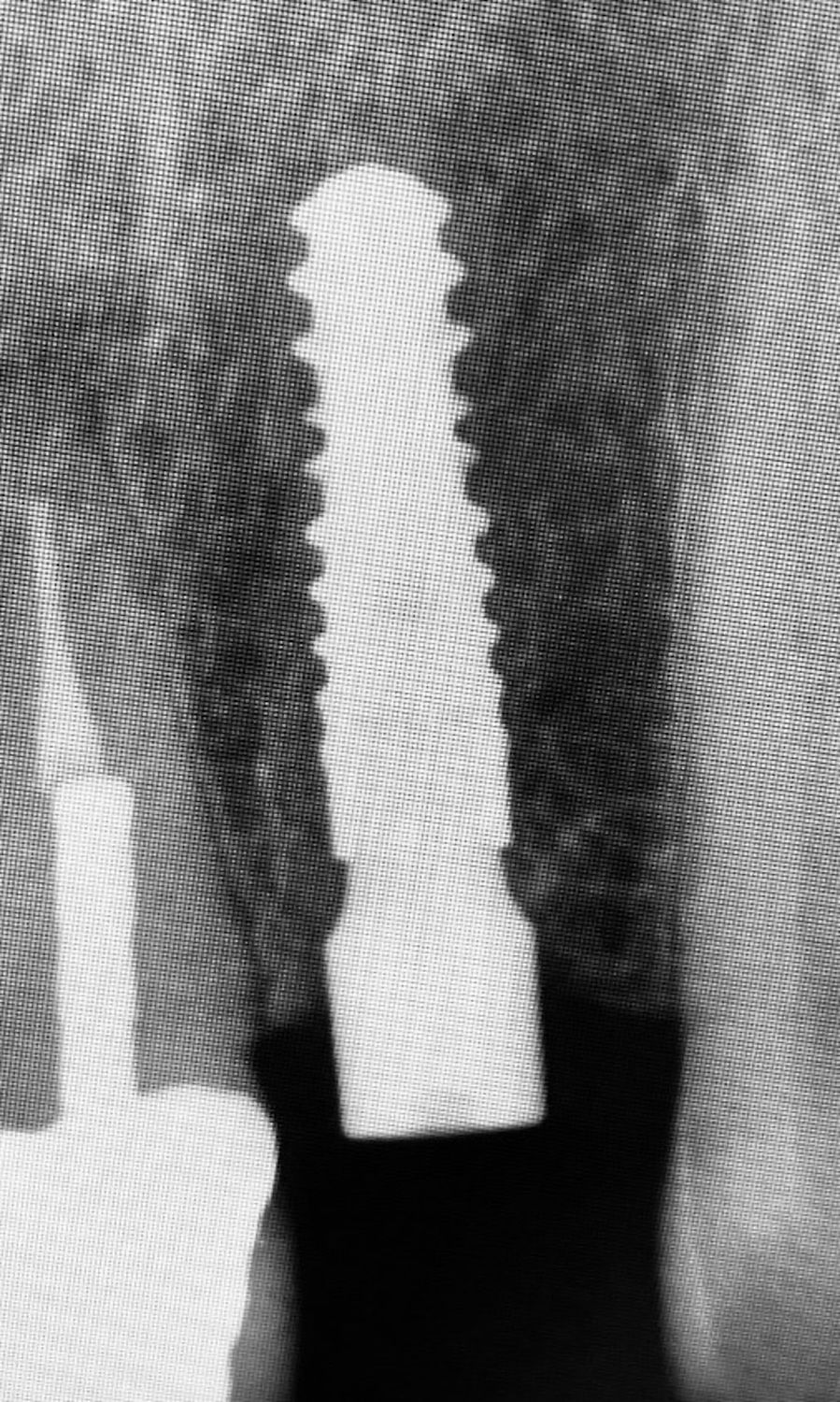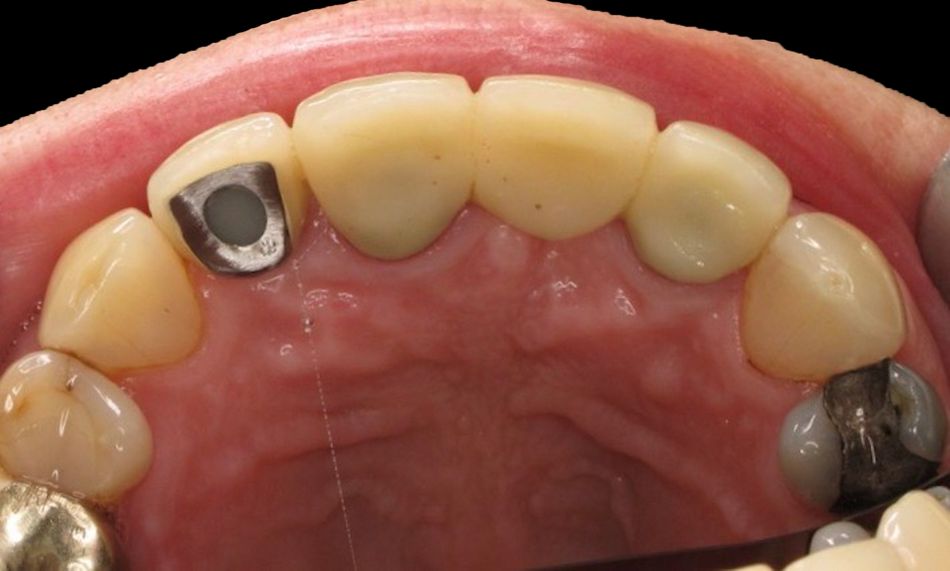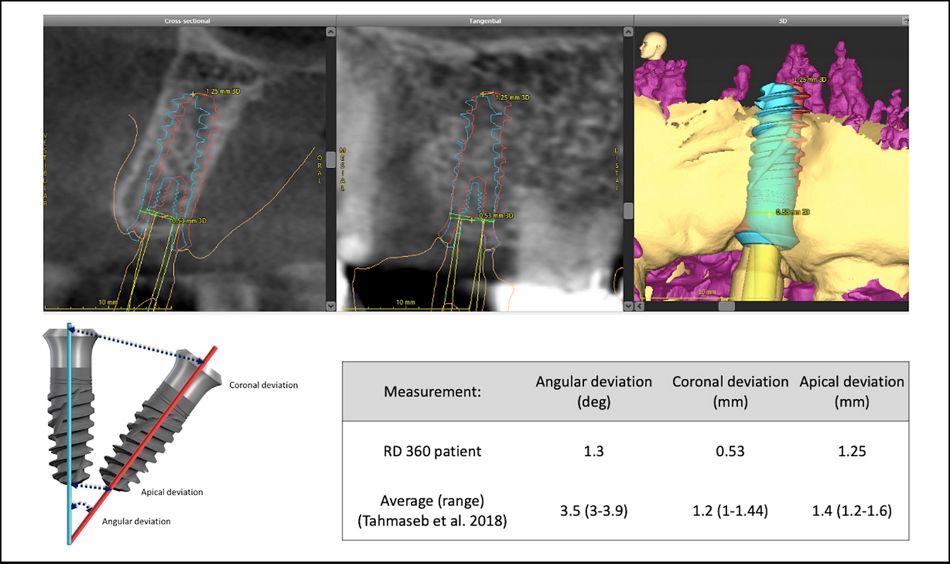Introduction
Digital dentistry and the digital workflow concept have been described and established for over 30 years1. The introduction of Computer-Aided Design/Computer-Aided Manufacturing (CAD/CAM)2 and, subsequently the intraoral scanner3 sparked the interest and development of digital innovations in all parts of dental treatment practice, which has grown exponentially in the past decade and continues to do so4. In parallel, the rapid growth of Dental Service Organisations (DSOs) across the dental community is continuing; in the US 10.3% of dentists are affiliated with a DSO, with 30% of dental school seniors said they planned to join a DSO-affiliated practice, compared to 12% in 20155. The combination of digital innovation and changes in practice ownership and management present both opportunity and challenge for DSOs and private practices alike; the wide variation in treatment methods, clinical specialties, years of experience, clinic setup, and other areas of day-to-day clinic activity reflect the complexity of ensuring the same quality of treatment offerings across clinics; identifying the optimal workflow for a given treatment is key. Digital dentistry is here to stay, and whilst it cannot replace all aspects of treatment delivery, it provides efficient and clinically acceptable patient outcomes. Standardizing treatments in the form of workflows encompassing digital methodologies is essential for achieving the gold standard of care, good clinical practice, and meeting growing governance requirements from dentist to DSO. Although digital workflows are not a new concept, structured implementation of a treatment solution in a single offering combining materials, training, clinical, and technical support is not currently provided by the dental industry. In addition, the complex nature of DSOs makes effectively identifying competencies and areas in need of improvement difficult.
Whilst digital dental innovations have proven clinically advantageous6, their practical use and application within the clinic is not. For example, intraoral scanners are shown in many studies that assess their efficiency in terms of scan time versus conventional impression taking, the outcome of which supports the transition from traditional to digital7. However, the practical application requires training, implementation, and support to incorporate into a clinic to meet the cost-effective and clinically excellent standards patients and clinicians expect. Collectively, this would be a workflow solution.
In this report, the focus is on a single-unit digital implant workflow solution called the Restorative Dentistry 360 (RD 360). One patient of a cohort underwent the same treatment type according to a defined digital-focused protocol according to a holistic end-to-end solution (Fig 1). The patient treatment described here is part of a larger study that aims to validate the clinical methodology and quantify the impact of the entire solution to both the clinic and the patient.


